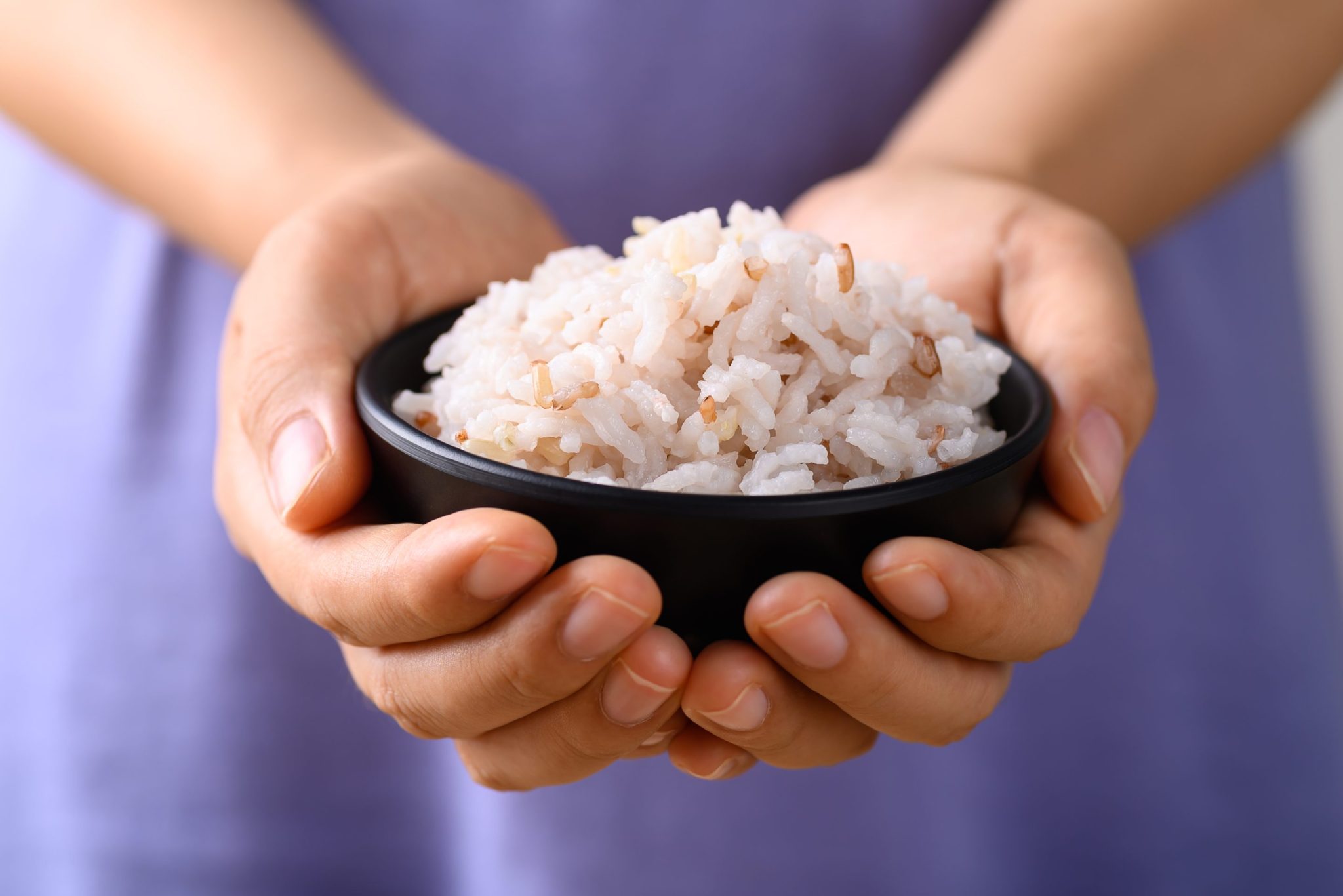·
April 15, 2025
·
Fortune

·
April 15, 2025
·
Fortune
New research has found that brown rice has a higher concentration of arsenic than white rice in the U.S.—affirming decades of similar findings around the toxic metal’s presence in the otherwise healthy grain.
For years, experts have sounded alarm bells over arsenic levels in brown rice. A 2008 study found it was highest in rice grown in certain Southern U.S. states, while a 2014 Consumer Reports analysis of the U.S. Food and Drug Administration (FDA) data found worrisome levels of arsenic in both white and brown rice—with a greater concentration in brown because the toxin tends to reside in its two outer layers, the bran and the germ, that are removed from white rice.
But while the new study, from Michigan State University (MSU) and published in the journal Risk Analysis earlier this year, further affirmed brown rice’s higher arsenic concentration, experts point out that arsenic exposure can come from either type of rice.
Arsenic is a known carcinogenic element that naturally occurs in soil and groundwater. But it can also be the result of industrial activities, including coal mining, farming (due to some pesticides), and construction (due to some paint and wood preservatives), according to Ohio State University. Because rice is grown in paddies flooded with water, any arsenic present in soil can be readily absorbed into the rice—at levels 10 times higher than other grains, which are grown differently. And this is the case regardless of whether or not rice is organic, according to Environmental Working Group senior scientist Tasha Stoiber.
“Arsenic contamination in rice worldwide was discovered over two decades ago,” Stoiber tells Fortune in an email. And it’s not just the rice itself. “Arsenic levels are consistently elevated in rice and foods made with rice flour, bran and rice-based sweeteners,” she says.
The U.S. and other countries have been slow to take action to reduce arsenic concentrations—also found in drinking water and in foods and beverages including seafood, mushrooms, poultry, infant formula, protein powders, and apple juice—Stoiber explains. “The FDA set a non-binding ‘action level’ of 10 parts per billion for arsenic in apple juice, the same as drinking water,” she says. “But the FDA has not set legally enforceable maximum levels of arsenic for many rice-based foods that have higher concentrations of arsenic.”
Rice does not inherently need to be flooded to grow, though farmers do so to control weeds and because constant irrigation is required for the semi-aquatic plant. And growing it in dry instead of saturated soil could decrease the amount of arsenic that seeps into the grains, Stoiber and others say could be a way to reduce arsenic levels. New varieties of rice could be bred to take up less arsenic from the soil and water as well, she adds.
The MSU researchers emphasized that, for the average person, eating brown rice would likely not bring dangerously toxic levels of arsenic.
"While we found that choosing brown rice over white rice would result in higher arsenic exposure on average, the levels should not cause long-term health problems unless someone ate an enormous amount of brown rice every day for years,” said senior investigator of the study Felicia Wu, professor at MSU’s College of Agriculture and Natural Resources.
However, researchers did find that there was significant risk for children under 5 in the U.S. who eat brown rice, as they consume more food relative to their body weight than adults.
Long-term exposure to arsenic can cause pigmentation changes and lesions on the skin, which can be precursors to skin cancer, according to the World Health Organization (WHO). Bladder and lung cancers may also result from long-term arsenic exposure. The International Agency for Research on Cancer (IARC) has classified arsenic, arsenic compounds, and arsenic in drinking water as carcinogenic to humans.
The WHO points out other potential adverse health effects that may be associated with long-term ingestion of arsenic, including developmental effects, diabetes, pulmonary disease, cardiovascular disease, and arsenic-induced heart attacks.
Arsenic is also associated with adverse pregnancy outcomes and infant mortality. Exposure in early childhood has been linked to higher mortality in young adults from multiple cancers, lung disease, heart attacks, and kidney failure, while several studies have found negative impacts of arsenic exposure on cognitive development, IQ, and memory.
The EWG’s official stance is to reduce exposure to arsenic as much as possible, meaning to avoid frequently eating rice and rice-based products such as breakfast cereals, rice flour, rice pasta, rice cakes and crackers, and products made with rice syrup.
The Consumer Reports findings recommended that adults should cap their rice or rice-based foods at one to three servings per week, while children should eat no more than 1.25 servings of rice, rice pasta, or rice-based breakfast cereal per week, or one small serving of rice-based infant cereal per day—but that parents should not to give children younger than 5 rice-based beverages regularly.
Additionally, there are steps you can take to reduce the amount of arsenic in your rice, according to Stoiber:
Finally, if you want to limit your rice intake but still enjoy grains, consider options that are much lower in arsenic concentration, according to the EWG, like bulgur, barley, or farro. Gluten-free options include amaranth, quinoa, buckwheat, millet, oats, and types of cornmeal, like polenta or grits.
The bottom line, recommends the EWG, is that you "limit consumption of rice and rice-based food when possible and instead eat a varied diet of healthy lower-arsenic grains and sweeteners."
For more on public health:
This story was originally featured on Fortune.com
April 17, 2025
·
Fortune
April 17, 2025
·
Financial Times
March 4, 2025
·
Benzinga






